SERENA: Particle Instrument Suite for Determining the Sun-Mercury Interaction from BepiColombo
- PMID: 33487762
- PMCID: PMC7803725
- DOI: 10.1007/s11214-020-00787-3
SERENA: Particle Instrument Suite for Determining the Sun-Mercury Interaction from BepiColombo
Abstract
The ESA-JAXA BepiColombo mission to Mercury will provide simultaneous measurements from two spacecraft, offering an unprecedented opportunity to investigate magnetospheric and exospheric particle dynamics at Mercury as well as their interactions with solar wind, solar radiation, and interplanetary dust. The particle instrument suite SERENA (Search for Exospheric Refilling and Emitted Natural Abundances) is flying in space on-board the BepiColombo Mercury Planetary Orbiter (MPO) and is the only instrument for ion and neutral particle detection aboard the MPO. It comprises four independent sensors: ELENA for neutral particle flow detection, Strofio for neutral gas detection, PICAM for planetary ions observations, and MIPA, mostly for solar wind ion measurements. SERENA is managed by a System Control Unit located inside the ELENA box. In the present paper the scientific goals of this suite are described, and then the four units are detailed, as well as their major features and calibration results. Finally, the SERENA operational activities are shown during the orbital path around Mercury, with also some reference to the activities planned during the long cruise phase.
Keywords: BepiColombo space mission; Mercury’s environment; Particle instrumentation.
© The Author(s) 2021.
Figures












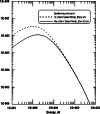




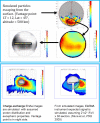

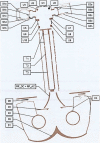

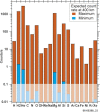






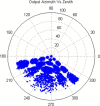




















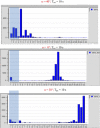

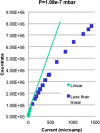




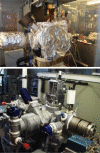




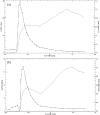
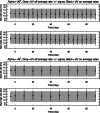




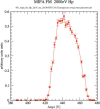



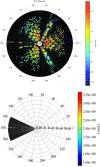
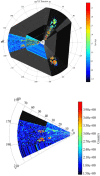
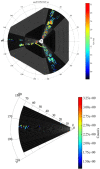



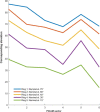
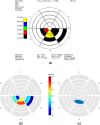










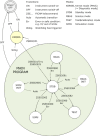


References
-
- Balsiger H., Altwegg K., Bertaux J.-L., Bochsler P., Carignan G.R., Eberhardt P., Fisk L.A., Fuselier S.A., Ghielmetti A.G., Gliem F., Gombosi T.I., Kopp E., Korth A., Livi S., Mazelle C., Young D.T. Rosetta Orbiter Spectrometer for Ion and Neutral Analysis—ROSINA. Adv. Space Res. 1998;21(11):1527.
-
- Balsiger H., Altwegg K., Bochsler P., Eberhardt P., Fischer J., Graf S., Jäckel A., Kopp E., Langer U., Mildner M., Müller J., Riesen T., Rubin M., Scherer S., Wurz P., Wüthrich S., Arijs E., Delanoye S., De Keyser J., Neefs E., Nevejans D., Rème H., Aoustin C., Mazelle C., Médale J.-L., Sauvaud J.A., Berthelier J.-J., Bertaux J.-L., Duvet L., Illiano J.-M., Fuselier S.A., Ghielmetti A.G., Magoncelli T., Shelley E.G., Korth A., Heerlein K., Lauche H., Livi S., Loose A., Mall U., Wilken B., Gliem F., Fiethe B., Gombosi T.I., Block B., Carignan G.R., Fisk L.A., Waite J.H., Young D.T., Wollnik H. ROSINA - Rosetta Orbiter Spectrometer for Ion and Neutral Analysis. Space Sci. Rev. 2007;128:745–801.
-
- J. Benkhoff, G. Murakami, W. Baumjohann, S. Besse, E. Bunce, M. Casale, G. Cremosese, K.-H. Glassmeier, H. Hayakawa, D. Heyner, H. Hiesinger, J. Huovelin, H. Hussmann, V. Iafolla, L. Iess, Y. Kasaba, M. Kobayashi, A. Milillo, I.G. Mitrofanov, E. Montagnon, M. Novara, S. Orsini, E. Quemerais, U. Reininghaus, Y. Saito, F. Santoli, D. Stramaccioni, O. Sutherland, N. Thomas, I. Yoshikawa, J. Zender, BepiColombo – mission overview and science goals. Space Sci. Rev. (2020, submitted)
-
- Berezhnoy A. Chemistry of impact events on Mercury. Icarus. 2018;300:210–222.
Publication types
LinkOut - more resources
Full Text Sources
Other Literature Sources
Research Materials
Miscellaneous
